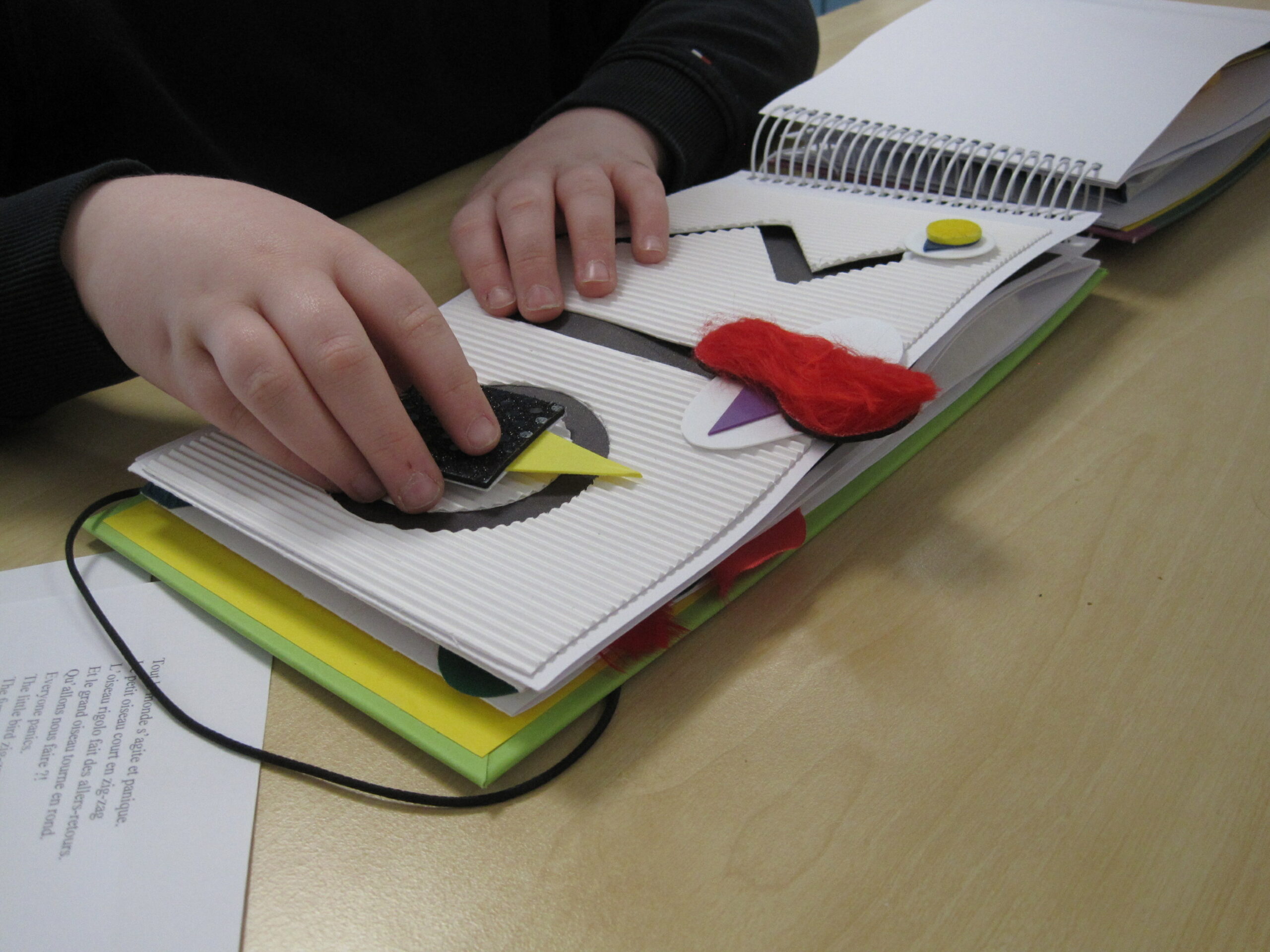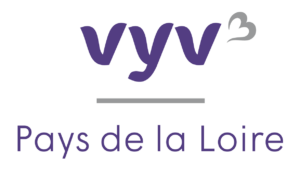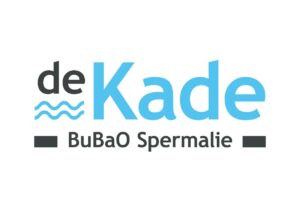Why Tacticos
Reading a book is fun and stimulates the development of children in various ways. This is true not only for sighted children but also for visually impaired children (Further abbreviated as VI). Illustrated tactile books are a great way to foster the development of literacy and skills in concept building. This also helps visually impaired children to understand their daily life, stimulate their imagination as well as helping to expand and diversify their experiences.
At the moment there are not enough illustrated tactile books available for visually impaired children to read. There is still a huge discrepancy between the availability of these books compared to the amounts of picture books for sighted children. Tacticos aims to give people the means and knowledge required to reduce this discrepancy.

Goal of this project
Producing tactile books and tactile illustrations can be challenging and involves more than simply translating existing 2D images to 3D. The aim of Tacticos is to develop recommendations for the ideation, production and use of illustrated tactile books. These recommendations will consider the didactical, creative, technical and financial aspects of producing these books and illustrations.
Furthermore, the project provides examples and information for VI professionals and parents or caregivers on how to guide children when reading and exploring illustrations by touch so that they learn to recognize and understand tactile illustrations. Tacticos connects users and producers in an effort to ensure the continued development and production of high quality tactile books. This will not only promote equal access to books for visually impaired children but also stimulate inclusion.
Target groups
Tacticos provides information and examples for multiple stakeholders that work with illustrated tactile books:
- Visually impaired children:
- 1-4 years old
- 4-8 years old
- 8-12 years old
- Parents and caregivers
- VI professionals
- Producers of accessible reading materials
- Regular printing houses and publishers
Contributing organisations





Koninklijke Visio
Royal Dutch Visio is a centre of expertise for blind and partially sighted people of all ages, including those with additional disabilities in the Netherlands. Visio enables visually impaired people to live, learn and work independently and provides its expertise in this area. The project team was complemented by the involvement of Ann Conefrey and Bob Marek, who worked alongside the Visio core team throughout the process.
vyv3
The Institut Montéclair is a mutualist medico-social establishment for visually impaired, blind, or partially sighted children aged 0 to 20. The Institute provides comprehensive support for children and their families across various aspects, including education, family, and social environments. A multidisciplinary team—comprising medical professionals, specialized teachers, educators, and others—offers different forms of support adapted to the needs of each child while collaborating closely with their families.
BuBaO Spermalie
Spermalie is a school for special education that provides education for children aged 2,5 to 13 years with visual impairments, auditory impairments, and/or speech and language development disorders. Additionally, Spermalie offers learning support to children attending regular education. We work closely with speech therapists, occupational therapists, physiotherapists, and educational support staff to ensure the best outcomes for each child.
Les Doigts Qui Rêvent
Les Doigts Qui Rêvent is a non-profit publishing house that addresses the reading needs of visually impaired children by creating handmade tactile illustrated books and multisensory tools. We collaborate with many volunteers to bring our projects to life. With a commitment to universal design, our creations are accessible to all.
Dedicon
Being able to read and see text and images without difficulty is not so obvious for everyone. Dedicon is a nonprofit organization that makes text and images perceptible when ‘seeing’ or reading is not an option. We do this by offering this information in attractive, alternative reading formats that can be heard, felt, or enlarged. To this end, Dedicon receives grants from the Ministry of Education, Culture and Science and from the Royal Library of the Netherlands.
Recommendation report
This recommendation report was written about the project to capture key insights, lessons learned, and practical guidance for effective collaboration. Drawing on the experiences of partners and stakeholders involved, the report aims to support organisations and professionals in strengthening cooperation, improving working processes, and building sustainable partnerships. The recommendations are intended as a practical tool that can be adapted to different contexts, while encouraging reflection, dialogue, and continuous improvement in collaborative work. application in various settings (schools, libraries, homes).
Download these recomemendations in three languages as a pdf through the buttons.
